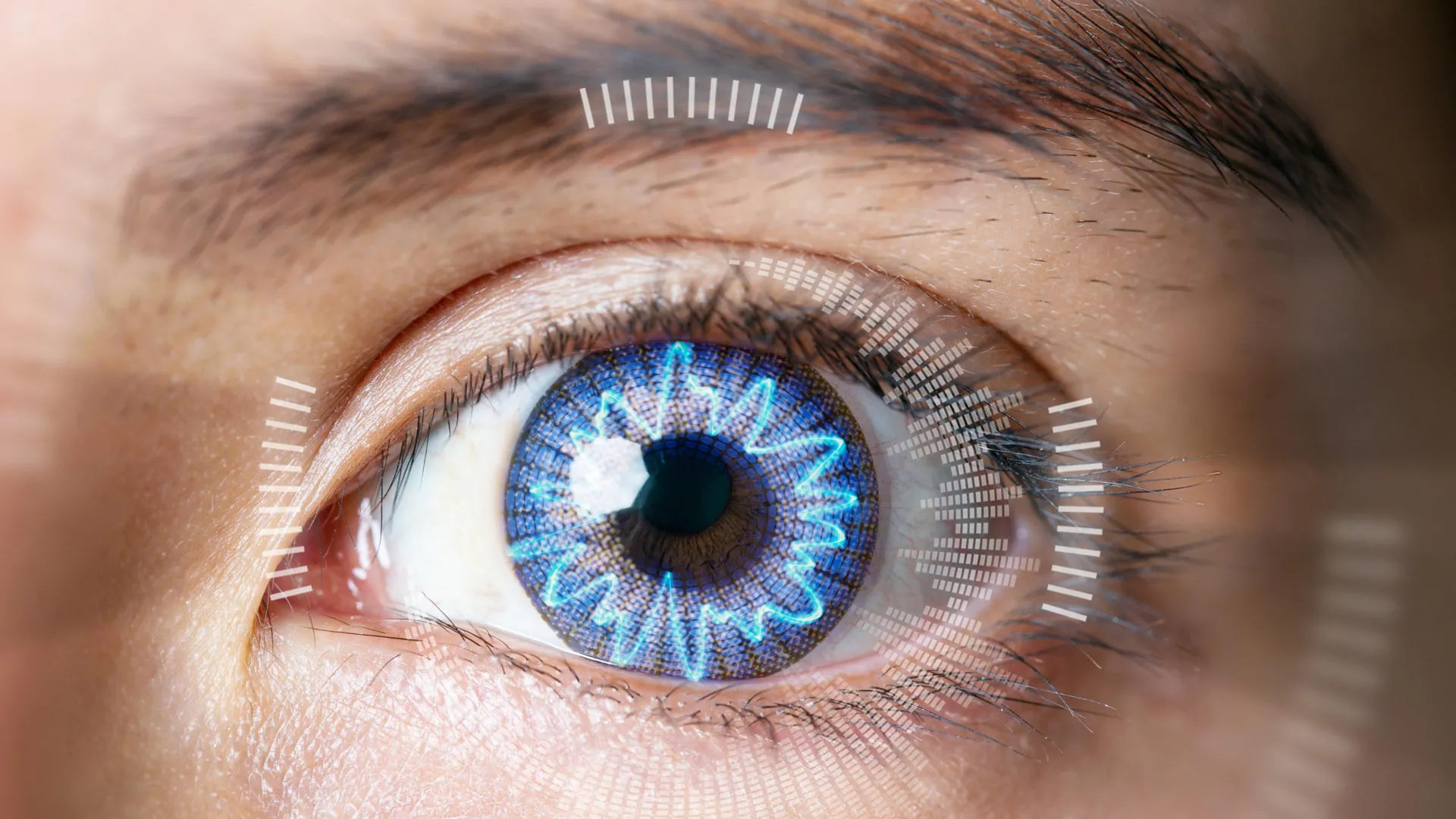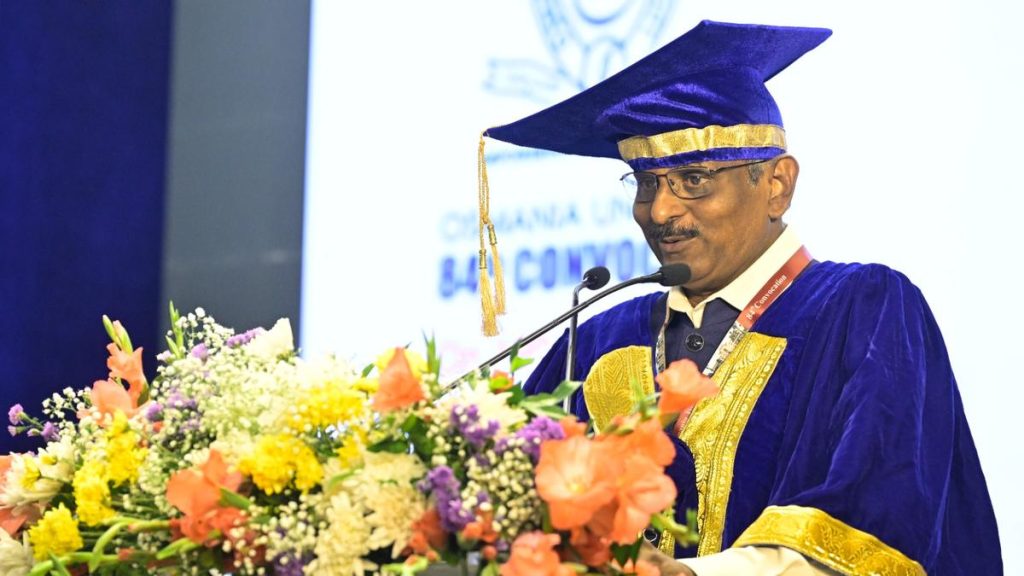Now Reading: Breakthrough in Vision Correction: Safer, Affordable Alternative to LASIK
-
01
Breakthrough in Vision Correction: Safer, Affordable Alternative to LASIK
Breakthrough in Vision Correction: Safer, Affordable Alternative to LASIK

Speedy Summary
- Millions of people worldwide face vision issues, often addressed through LASIK surgery, which reshapes the cornea using a laser. Despite its safety and precision, LASIK involves cutting the cornea and has limitations.
- Researchers Michael Hill and Brian Wong are exploring a new non-invasive technique called Electromechanical Reshaping (EMR).
- EMR works by altering tissue pH levels using an electric potential to make collagen-based tissues like the cornea malleable,allowing reshaping without incisions. The pH is then restored to lock the tissue into shape.
- Initial tests on rabbit eyeballs showed promising results: corrected myopic vision targeting specific focusing power, with no damage to cells or adjacent structures. The method may even reverse some cloudiness in corneas, currently treatable only by transplant.
- This experimental technique requires simpler tools than LASIK, making it potentially cheaper and reversible if refined further.
- Ongoing research includes detailed animal studies to validate safety on living subjects and expand EMR’s adaptability for common vision problems such as nearsightedness, farsightedness, or astigmatism. However, funding challenges have delayed progress.
Indian Opinion Analysis
The introduction of Electromechanical Reshaping (EMR) represents an intriguing progress in medical science with possible broader accessibility due to its cost-efficiency compared to established procedures like LASIK. For India – one of the largest markets for corrective eye surgeries owing to its population size – this innovation could potentially revolutionize eye care services if successfully commercialized after clinical validation.
Given india’s socio-economic diversity, affordable alternatives like EMR could address barriers preventing lower-income populations from accessing corrective surgeries. Additionally, reversibility might attract those hesitant about permanent surgical interventions like LASIK.
Though, this technology remains at a nascent stage; regulatory hurdles alongside ethical considerations surrounding animal testing must be navigated carefully before introducing such techniques on humans globally or within India’s market landscape specifically.
Continued advancements in minimally invasive healthcare solutions align well with India’s broader push toward equitable healthcare access under initiatives such as Ayushman Bharat while highlighting opportunities for domestic research collaborations where participation accelerates global human trials close-to-market rollout stages inclusively longer-term scaling paths
























